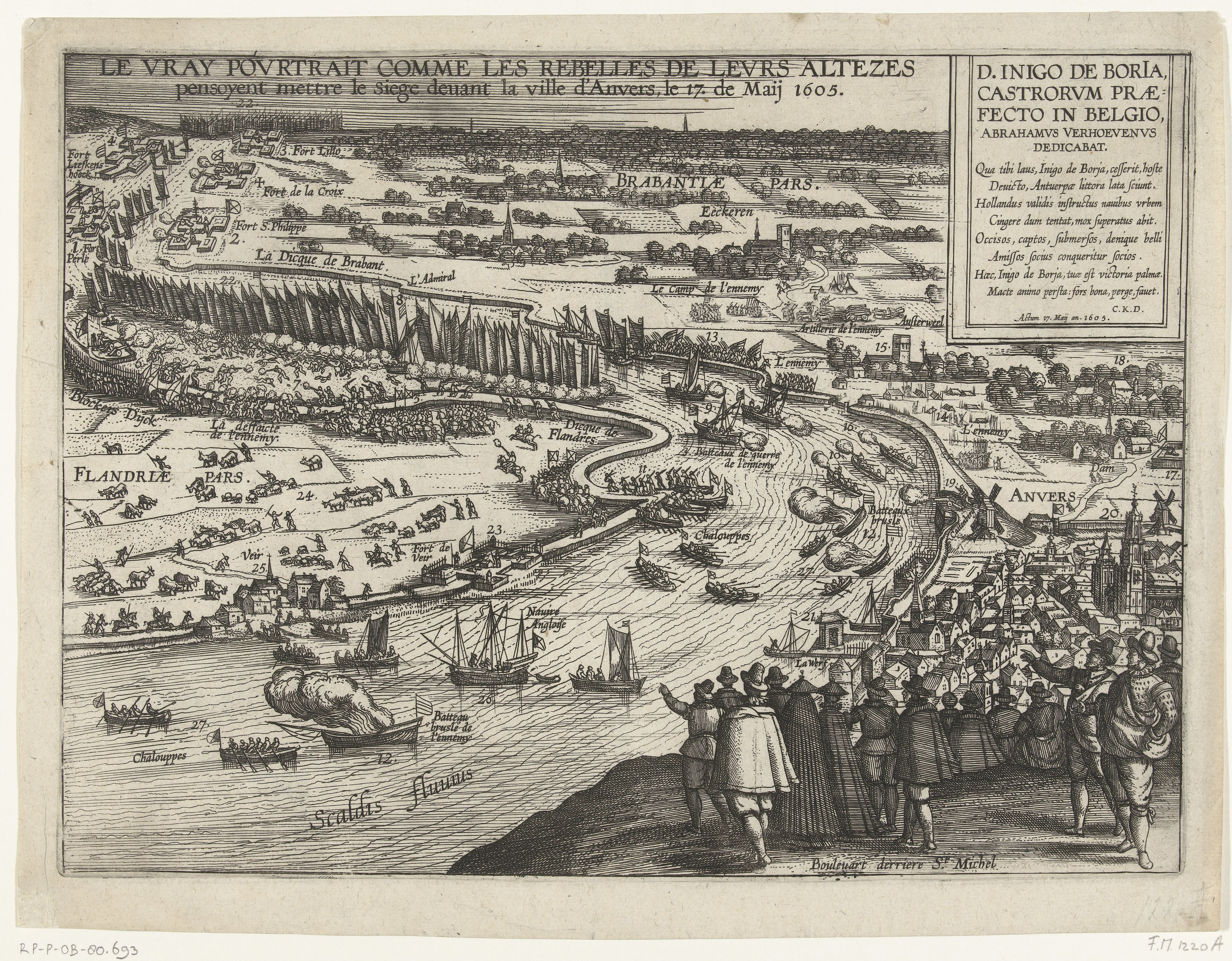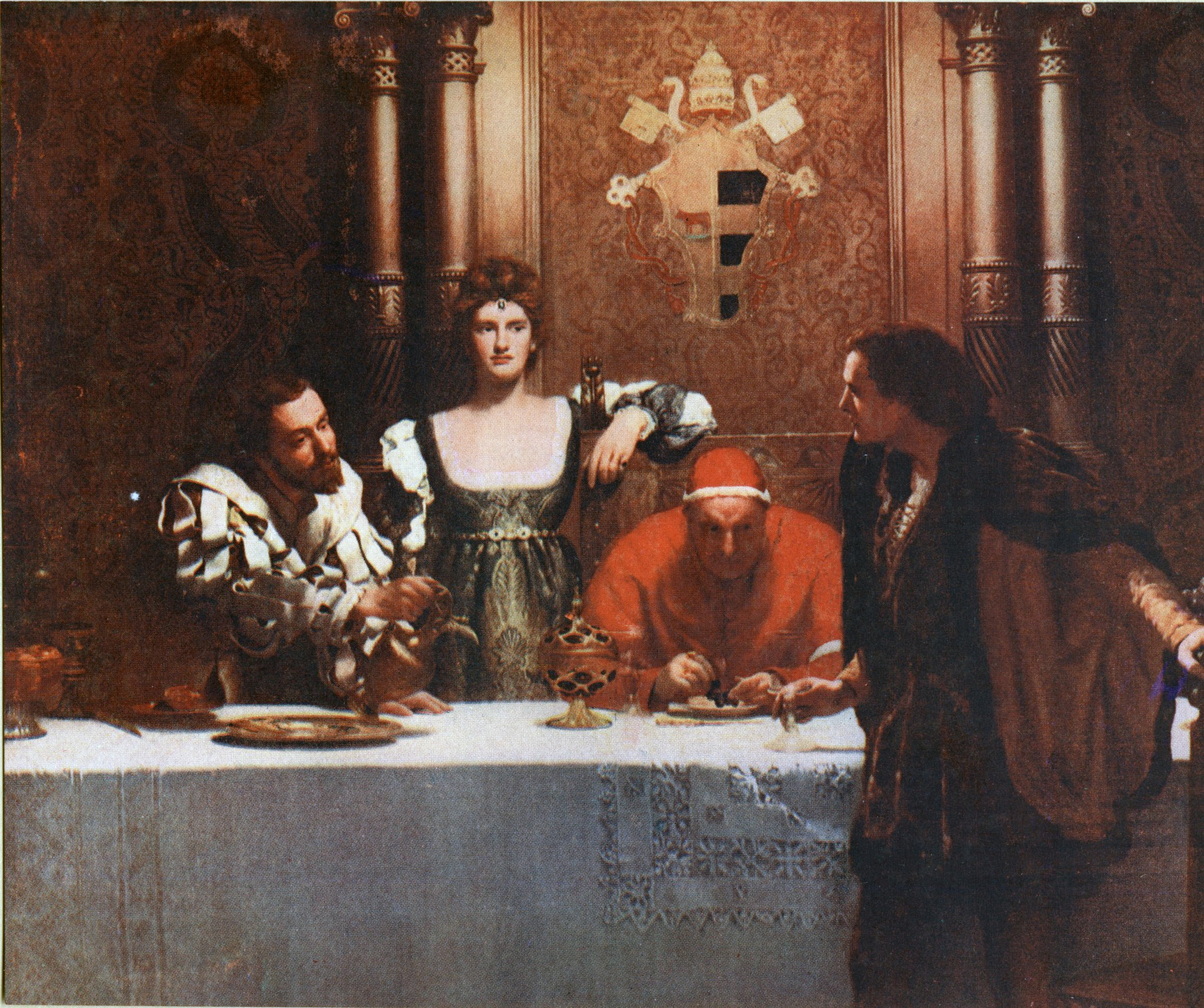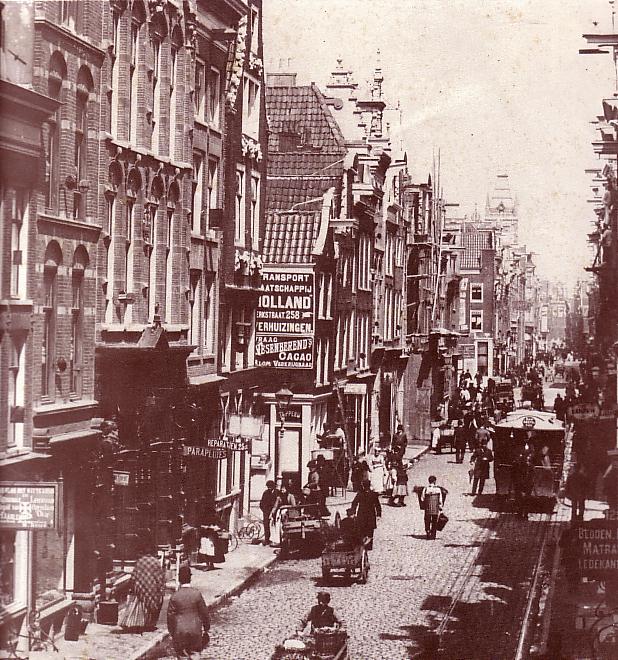|
ГҚГұigo De Borja
Don ГҚГұigo de Borja y Velasco (1575вҖ“1622) was a Spanish nobleman and military commander who served as governor of Antwerp Citadel. Family Don ГҚГұigo was born at GandГӯa in 1575 to the prominent Spanish noble house of Borja, the son of Francisco TomГЎs de Borja y Centelles, sixth Duke of Gandia. His grandfather was ГҚГұigo FernГЎndez de Velasco, 2nd Duke of FrГӯas. His brother, Gaspar de Borja y Velasco, archbishop of Toledo and Seville, was the wealthiest clergyman in Spain. ГҚГұigo married the Flemish noble lady House of HГ©nin, HГ©lГЁne de HГ©nin-LiГ©tard, daughter of the Marquess of Veere, with whom he had five children: * Don Gaspar de Borja y HГ©nin. * Don Francisco de Borja y HГ©nin. * DoГұa Juana de Borja y HГ©nin, married first Don Juan de Vega y Menchaca, III conde de Grajal, second Don Luis Francisco NГәГұez de GuzmГЎn * DoГұa MarГӯa Teresa de Borja y HГ©nin, married first Don Gaspar Antonio de Alvarado, second Don Fernando Miguel de Tejada * DoГұa Ana Clara de Bor ... [...More Info...] [...Related Items...] OR: [Wikipedia] [Google] [Baidu] |
Ernest Casimir I, Count Of Nassau-Dietz
Ernest Casimir (22 December 1573 вҖ“ 2 June 1632) was a Count of Nassau-Dietz and Stadtholder of Friesland, Groningen and Drenthe. Biography He was the 11th child of John VI, Count of Nassau-Dillenburg, and Countess Elisabeth of Leuchtenberg. After the death of his father, his counties Nassau-Dillenburg, Nassau-Siegen, Nassau-Dietz, and Vianden were divided among his five living sons. Ernest Casimir followed him as Count of Nassau-Dietz. In 1631, he inherited the small county of Spiegelberg near Lauenstein. Ernest Casimir was primarily known as an outstanding military leader during the Eighty Years' War. He served under Maurice of Nassau, Prince of Orange, in the siege of the cities of Steenwijk and Oldenzaal, and Frederick Henry, Prince of Orange, during the Siege of Groenlo and the Siege of 's-Hertogenbosch. As Stadtholder of Groningen, he founded the Nieuweschans fortress in 1628. Although he owned little in Friesland, he was popular there, and people granted h ... [...More Info...] [...Related Items...] OR: [Wikipedia] [Google] [Baidu] |
House Of Borgia
The House of Borgia ( ; ; Spanish language, Spanish and ; ) was a Spanish noble family, which rose to prominence during the Italian Renaissance. They were from XГ tiva, Kingdom of Valencia, the surname being a Toponymic surname, toponymic from the town of Borja, Zaragoza, Borja, then in the Crown of Aragon, in Spain. The Borgias became prominent in ecclesiastical and political affairs in the 15th and 16th centuries, producing two popes: Pope Callixtus III, Alfons de Borja, who ruled as Pope Callixtus III during 1455вҖ“1458, and his nephew Pope Alexander VI, Rodrigo Lanzol Borgia, as Pope Alexander VI, during 1492вҖ“1503. Especially during the reign of Alexander VI, they were suspected of many crimes, including adultery, incest, simony, theft, bribery, and murder (especially murder by arsenic poisoning). Because of their grasping for power, they made enemies of the House of Medici, Medici, the House of Sforza, Sforza, and the Dominican friar Girolamo Savonarola, among others. Th ... [...More Info...] [...Related Items...] OR: [Wikipedia] [Google] [Baidu] |
Spanish People Of The Eighty Years' War
Spanish might refer to: * Items from or related to Spain: **Spaniards are a nation and ethnic group indigenous to Spain **Spanish language, spoken in Spain and many countries in the Americas ** Spanish cuisine ** Spanish history ** Spanish culture **Languages of Spain, the various languages in Spain Other places * Spanish, Ontario, Canada * Spanish River (other), the name of several rivers * Spanish Town, Jamaica Other uses * John J. Spanish (1922вҖ“2019), American politician * "Spanish" (song), a single by Craig David, 2003 See also * * * EspaГұol (other) * Spain (other) * EspaГұa (other) * Espanola (other) * Hispania, the Roman and Greek name for the Iberian Peninsula * Hispanic, the people, nations, and cultures that have a historical link to Spain * Hispanic (other) * Hispanism * Spain (other) * National and regional identity in Spain * Culture of Spain The culture of Spain is influenced by its Wes ... [...More Info...] [...Related Items...] OR: [Wikipedia] [Google] [Baidu] |
Military Personnel Of The Spanish Netherlands
A military, also known collectively as armed forces, is a heavily Weapon, armed, highly organized force primarily intended for warfare. Militaries are typically authorized and maintained by a sovereign state, with their members identifiable by a distinct military uniform. They may consist of one or more military branches such as an army, navy, air force, space force, marines, or coast guard. The main task of a military is usually defined as defence of their state and its interests against external armed threats. In broad usage, the terms "armed forces" and "military" are often synonymous, although in technical usage a distinction is sometimes made in which a country's armed forces may include other paramilitary forces such as armed police. Beyond warfare, the military may be employed in additional sanctioned and non-sanctioned functions within the state, including internal security threats, crowd control, promotion of political agendas, emergency services and reconstructi ... [...More Info...] [...Related Items...] OR: [Wikipedia] [Google] [Baidu] |
University Of Seville
The University of Seville (''Universidad de Sevilla'') is a university in Seville, Andalusia, Spain. Founded under the name of ''Colegio Santa MarГӯa de JesГәs'' in 1505, in 2022 it has a student body of 57,214,U-Ranking Universidades espaГұolasUniversidad de Sevilla./ref> and is ranked 6th among Spanish universities. History Colegio de Santa MarГӯa de JesГәs The University of Seville originally dates to the 15th century. Created by Archdeacon Maese Rodrigo FernГЎndez de Santaella, it was originally called ''Colegio de Santa MarГӯa de JesГәs.'' In the 16th century (1505), a Papal bull, Bull of Pope Pope Julius II, Julius II granted the college the faculty to teach degrees in Theology, Philosophy, Law, Medicine and Arts''.'' In 1551, the City Council allowed it, by means of a Royal Provision, to officially become a university, enjoying all the privileges of the other Spanish universities. Its antecedents date back to the middle of the 13th century, the Dominican Order, Domin ... [...More Info...] [...Related Items...] OR: [Wikipedia] [Google] [Baidu] |
Wesel
Wesel () is a city in North Rhine-Westphalia, in western Germany. It is the capital of the Wesel (district), Wesel district. Geography Wesel is situated at the confluence of the Lippe River and the Rhine. Division of the city Suburbs of Wesel include Lackhausen, Obrighoven, Ginderich, Feldmark, Fusternberg, BГјderich, FlГјren and Blumenkamp. History Origin The city originated from a Franconian manor that was first recorded in the 8th century. In the 12th century, the Duke of ClГЁves took possession of Wesel. The city became a member of the Hanseatic League during the 15th century. Wesel was second only to Cologne in the lower Rhine region as an entrepГҙt. It was an important commercial centre: a clearing station for the transshipment and trading of goods. Early modern In 1545, a Walloons, Walloon community in Wesel was noted, with French-language church services. In 1590 the Spanish captured Wesel after a four-year siege. The city changed hands between the Dutch and Spanish ... [...More Info...] [...Related Items...] OR: [Wikipedia] [Google] [Baidu] |
War Of The JГјlich Succession
The War of the JГјlich Succession, also known as the JГјlich War or the JГјlich-Cleves Succession Crises (German language, German: ''JГјlich-Klevischer Erbfolgestreit''), was a war of succession in the United Duchies of JГјlich-Cleves-Berg. The first phase of the war lasted between 10 June 1609 and 24 October 1610, with the second phase starting in May 1614 and finally ending on 13 October 1614. At first, the war pitted Catholic Church, Catholic Archduke Leopold V, Archduke of Austria, Leopold V against the combined forces of the Protestantism, Protestant claimants, John Sigismund, Elector of Brandenburg, Johann Sigismund, Elector of Brandenburg and Wolfgang Wilhelm, Count Palatine of Neuburg, Wolfgang Wilhelm of Palatinate-Neuburg, ending in the former's military defeat. The representatives of Margraviate of Brandenburg, Brandenburg and Palatinate-Neuburg, Neuburg later entered conflict amongst themselves, partly due to religious conversions, which led to the resumption of hostilit ... [...More Info...] [...Related Items...] OR: [Wikipedia] [Google] [Baidu] |
Army Of Flanders
The Army of Flanders (; ) was a field army of the Spanish Army based in the Spanish Netherlands between the 16th and 18th centuries. It was one of the longest-serving field armies of the early modern era, being founded in 1567 and disbanded in 1706. Taking part in numerous battles of the Eighty Years' War and Thirty Years' War, it employed or pioneered many developing military concepts, including permanent units (''tercios''), barracks and military hospitals long before they were adopted in most of Europe. As a result, the Army of Flanders has been considered the world's de facto first modern professional standing army. Sustained at huge cost and at significant distances from Habsburg Spain, Spain via the Spanish Road, the Army of Flanders also became infamous for successive mutiny, mutinies and its ill-disciplined activity on and off the battlefield, including the sack of Antwerp in 1576. Creation of the Army The Army of Flanders formed the longest standing army in the early mode ... [...More Info...] [...Related Items...] OR: [Wikipedia] [Google] [Baidu] |
Siege Of Groenlo (1606)
The siege of Groenlo was a siege of Groenlo or Grol in 1606 during the Dutch Revolt. It lasted from 3 to 14 August 1606 and ended in the city being captured from the United Provinces by a Spanish Empire force under Ambrosio Spinola Ambrogio Spinola Doria, 1st Marquess of Los Balbases and 1st Duke of Sesto (1569 вҖ“ 25 September 1630) was an Italian military leader and nobleman of the Republic of Genoa, who served as a Spanish general and won a number of important battles. .... A few months later Prince Maurice attempted to retake the city but failed due to poor planning and an intervention by Spinola. Groenlo would remain in Spanish hands until another siege in 1627. See also * ГҚГұigo de Borja, leader of the Antwerp garrison. References Bibliography * {{coord, 52, 3, N, 6, 37, E, source:eswiki_region:NL, display=title Groenlo 1606 in the Dutch Republic 1606 in the Habsburg Netherlands 17th-century military history of Spain Eighty Years' War (1566вҖ“1609) ... [...More Info...] [...Related Items...] OR: [Wikipedia] [Google] [Baidu] |
Amsterdam
Amsterdam ( , ; ; ) is the capital of the Netherlands, capital and Municipalities of the Netherlands, largest city of the Kingdom of the Netherlands. It has a population of 933,680 in June 2024 within the city proper, 1,457,018 in the City Region of Amsterdam, urban area and 2,480,394 in the Amsterdam metropolitan area, metropolitan area. Located in the Provinces of the Netherlands, Dutch province of North Holland, Amsterdam is colloquially referred to as the "Venice of the North", for its canals of Amsterdam, large number of canals, now a World Heritage Site, UNESCO World Heritage Site. Amsterdam was founded at the mouth of the Amstel River, which was dammed to control flooding. Originally a small fishing village in the 12th century, Amsterdam became a major world port during the Dutch Golden Age of the 17th century, when the Netherlands was an economic powerhouse. Amsterdam was the leading centre for finance and trade, as well as a hub of secular art production. In the 19th ... [...More Info...] [...Related Items...] OR: [Wikipedia] [Google] [Baidu] |
Rijksmuseum
The Rijksmuseum () is the national museum of the Netherlands dedicated to Dutch arts and history and is located in Amsterdam. The museum is located at the Museum Square in the borough of Amsterdam South, close to the Van Gogh Museum, the Stedelijk Museum Amsterdam, and the Concertgebouw. The Rijksmuseum was founded in The Hague on 19 November 1798 and moved to Amsterdam in 1808, where it was first located in the Royal Palace and later in the Trippenhuis. The current main building was designed by Pierre Cuypers and first opened in 1885.The renovation Rijksmuseum. Retrieved on 4 April 2013. On 13 April 2013, after a ten-year renovation which cost вӮ¬375 million, the main building was reopened by [...More Info...] [...Related Items...] OR: [Wikipedia] [Google] [Baidu] |





